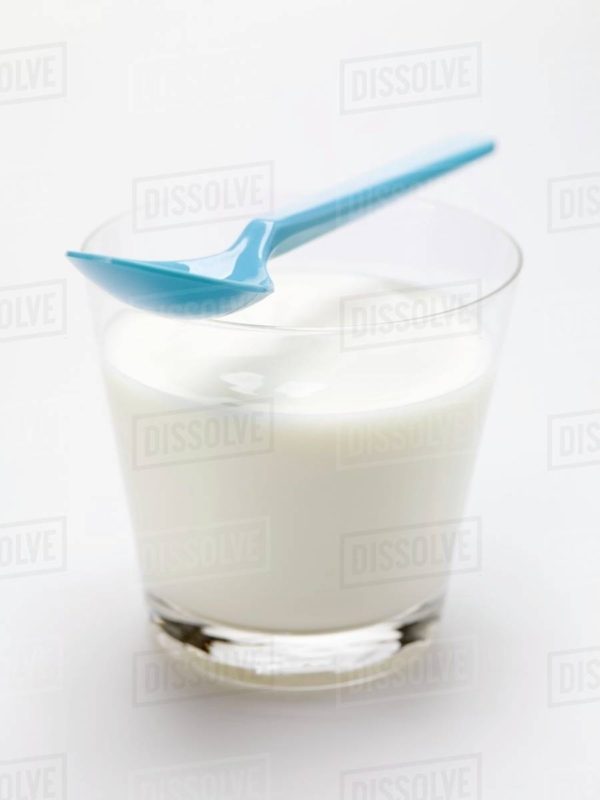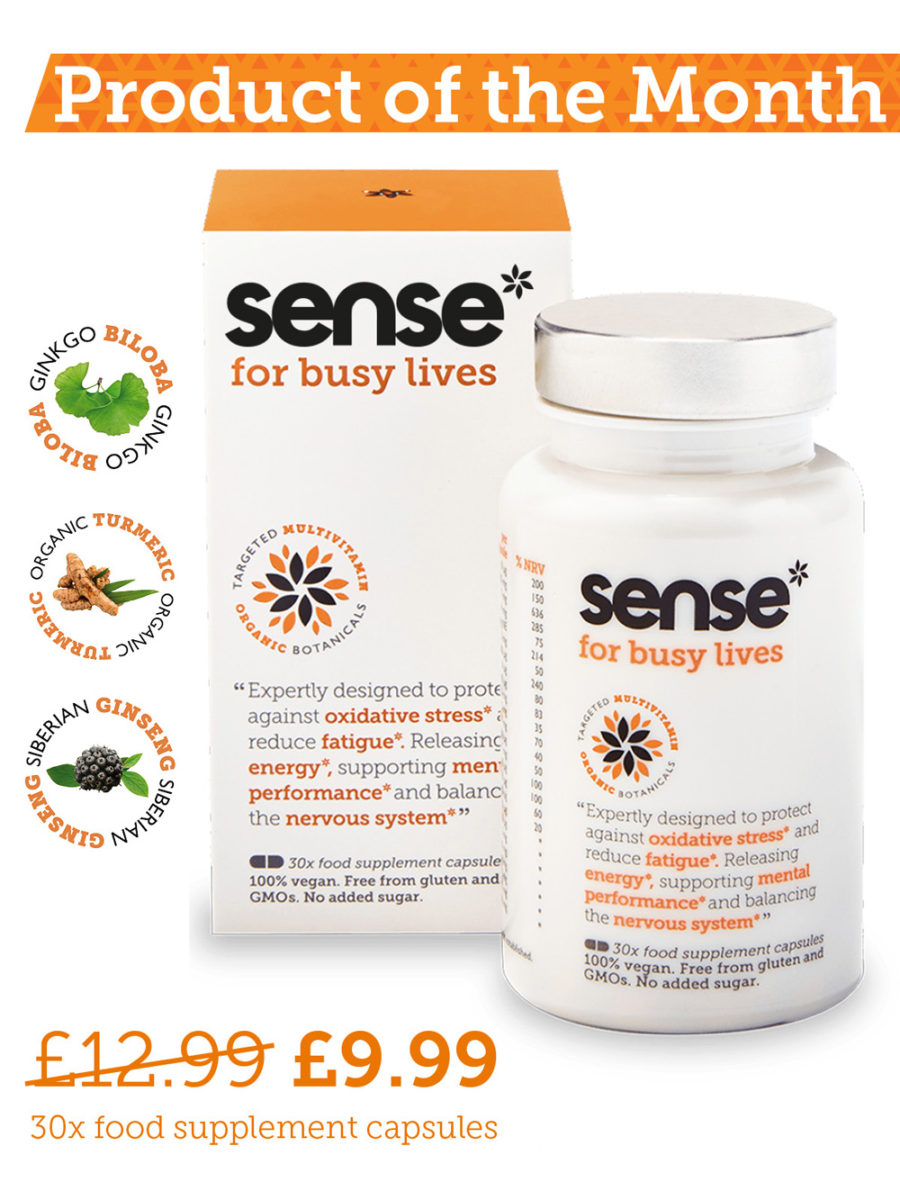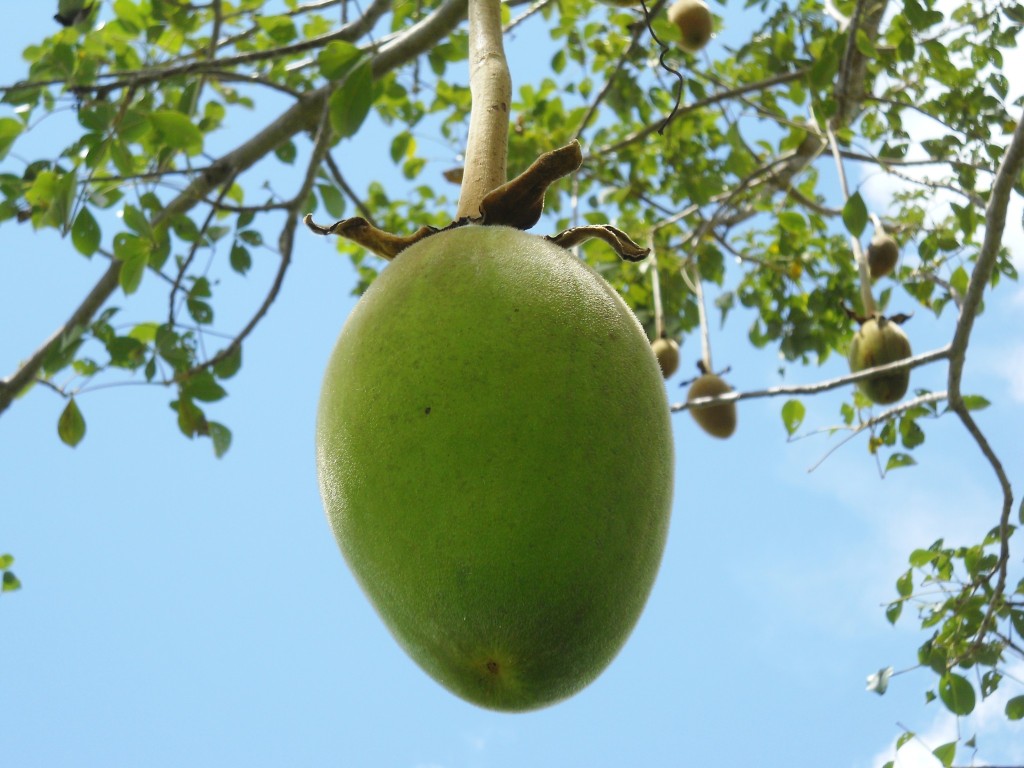
Our Founder’s Favourite Superfood
Our Founder, Jonathan was insistent that baobab superfood would feature strongly in our products from the outset. Why?
This superfood has saved my life many times. Whenever I feel like I am coming down with something, a cold or sore throat. I will mix a tablespoon of baobab with some kefir or yogurt or even juice before I go to bed. Invariably the next morning I am fine.
One of the “Big Five” Fruits of Africa
Just like we have coined the “Big Five” animals in Africa, there are five major fruits in Africa. These support the indigenous populations both nutritionally and economically. The others are Tamarind, Jujube, Marula and Mango. All of which have there own significant benefits:
- Tamarind – the fruit is a well known food and flavouring. The pulp and seds are used for its medicinal properties
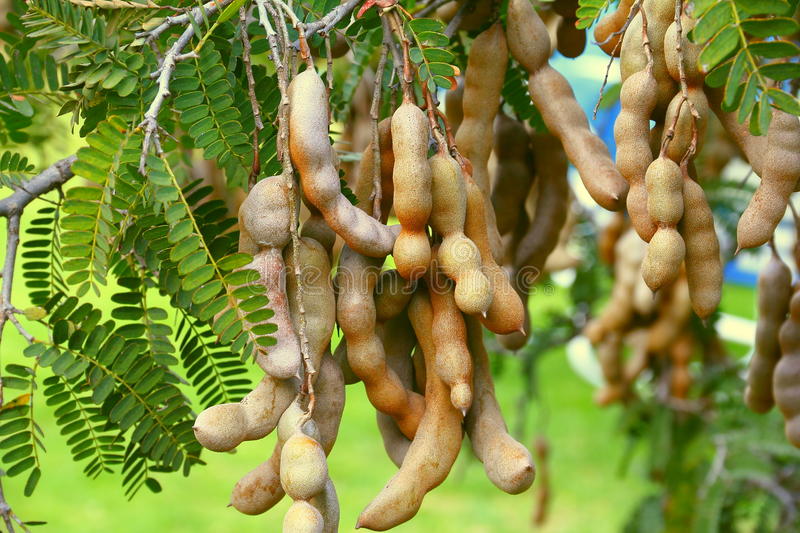
- Jujube – this fruit also known as sour date is cultivated worldwide, both Indian and Chinese varieties. The seeds are used in alternative medicine.
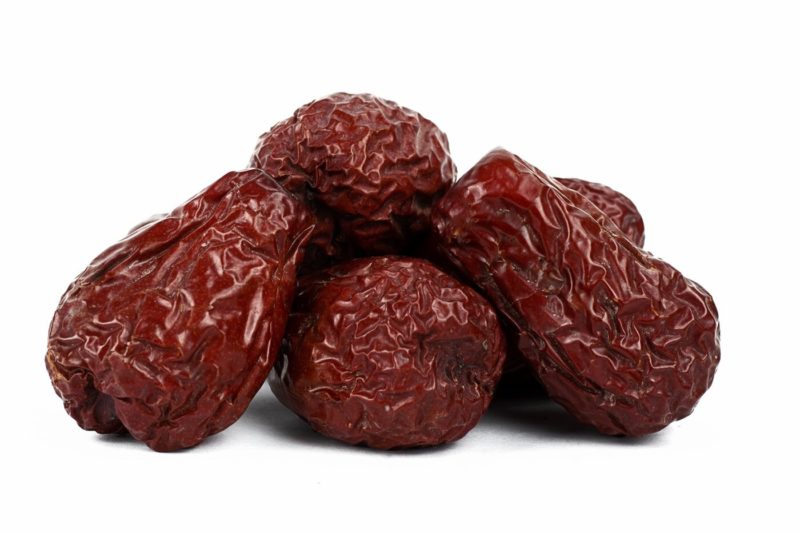
- Marula – this is an amazing delicious pale yellow fruit. The nuts are edbile too and contain a large proportion of oil that is used for various different purposes
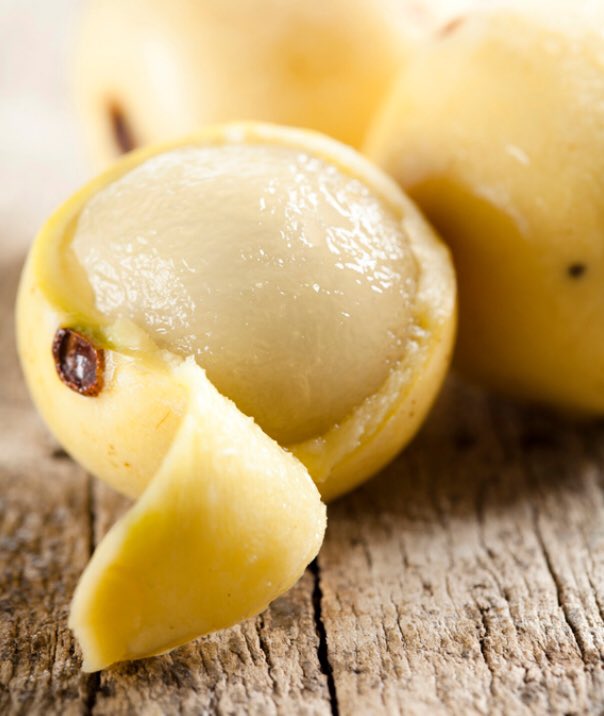
- Mango – needs no introduction as a fruit. What you may not know is the many medicinal properties of the mango plant: antioxidant, anti-cancer, immunomodulatory, anti-allergic, anti-inflammatory, anti-diabetic, anti-ulcer, antiviral, anti-fungal, antibacterial, and anti-parasitic properties.
Baobab – the Superfood
The edible parts of baobab (leaves, seeds, fruit and fruit pulp) are consumed mostly by rural communities who also sell them in local markets. Whereas the nonfood parts (timber, fodder, and fibres) are mainly used for income generation in sub‐Saharan Africa.

Moreover, the species has several roles in traditional medicine and cultural and religious beliefs, which often consider the tree as sacred.
I mentioned to a friend who was brought up in Zimbabwe that I often resorted to baobab to help prevent coughs and colds. He didn’t recognise the name at first but then a light bulb went on. That’s the fruit that my family went to collect whenever we were ill as children growing up in Africa. It was amazing.
Baobab fruit contains nutritionally significant levels of essential nutrients including fibre, protein, vitamins and minerals see HERE. The pulp can be considered as naturally dry and purely organic food. It is a rich dietary source of fibre, potassium, calcium, magnesium, iron, copper, zinc and vitamin C.
The levels of these nutrients in the pulp are much higher than those found in commonly consumed fruits such as guava, mango, berry, and bananas.
Baobab and its consumption has been identified as a potential remedy to reduce micronutrient deficiencies all over Africa. Particularly iron and zinc deficiencies. The fruits contribute substantially to local diets and improve the health of local communities. Both consumption and farming should be promoted across all regions of Africa as a result.
Baobab in Recipes
Any breakfast bowl or dessert would benefit from the addition of baobab either as a flavouring or added nutritional content. It has a more citrus type taste than say, lucuma, which has an almost caramel type flavour.
Kefir breakfast bowl
- 300ml of organic or raw natural kefir
- 1 tablespoon of baobab or sense* for busy lives or sense* for joint & bone
- 2 tablespoons of unsweetened oats (can be gluten free)
- 1 tablespoon ground or milled mixed seeds (flaxseed, sunflower, pumpkin, sesame, hemp or just one of them)
- Handful of nuts (pecan, brazil, walnut etc – soak in water for 20 minutes if skins on for added enzyme activation)
- Teaspoon of raw organic honey or cold pressed maple syrup to tasste (but probably not needed with above powders included)
- Almond (particularly white almond) or peanut butter or even tahini (if no nuts or seeds to hand for additional protein if you like the taste. If going to use try a small amount first on the side)
- 1/2 cup of berries (blueberry, raspberry, strawberry but organic preferably since these fruits are some of the worst to soak up pesticides and insecticides)
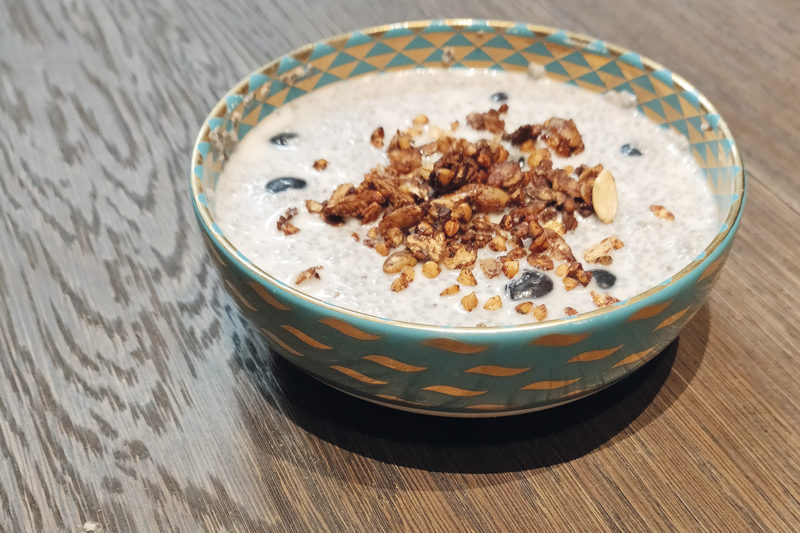
You can also add baobab to any of the following recipe ideas from our blog:
Baobab as a favourite sense* ingredient
We have used the following amounts of baobab in each serving of our sense* superfood supplement products:
- sense* for busy lives – 250mg
- sense* for joint & bone – 250mg
As an ingredient it covers a number of bases nutritionally primarily in terms of minerals including zinc and magnesium but also because of its Vitamin C.
Because these nutrients are delivered within a food they are more readily absorbed by the body. They also allow all the other nutrients delivered at the same time to become more readily absorbed. Remember Total, Targeted, Absorption…makes sense*.

